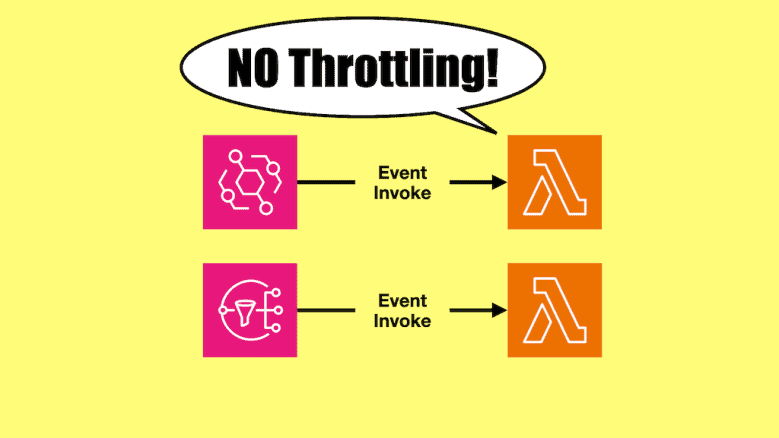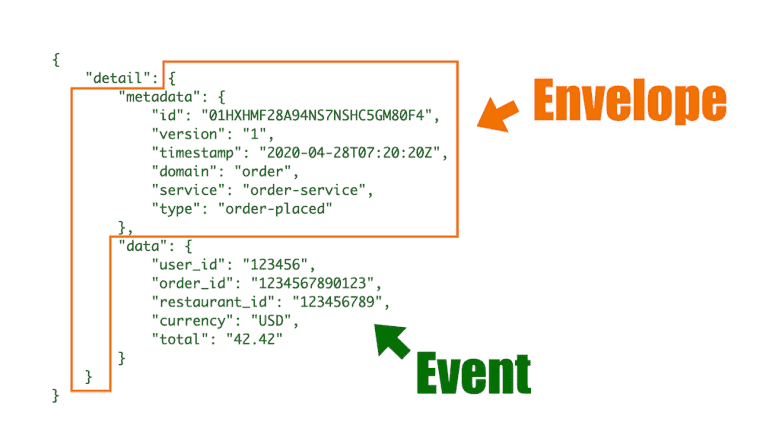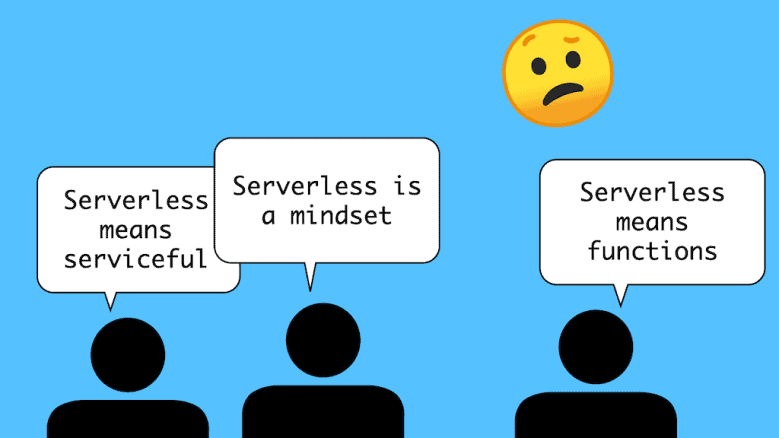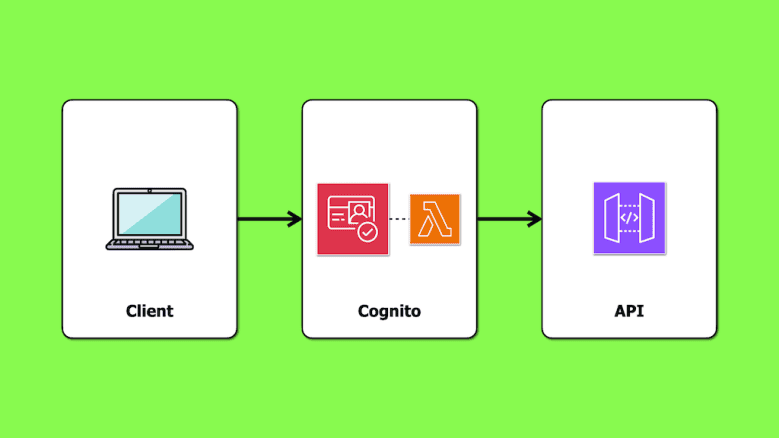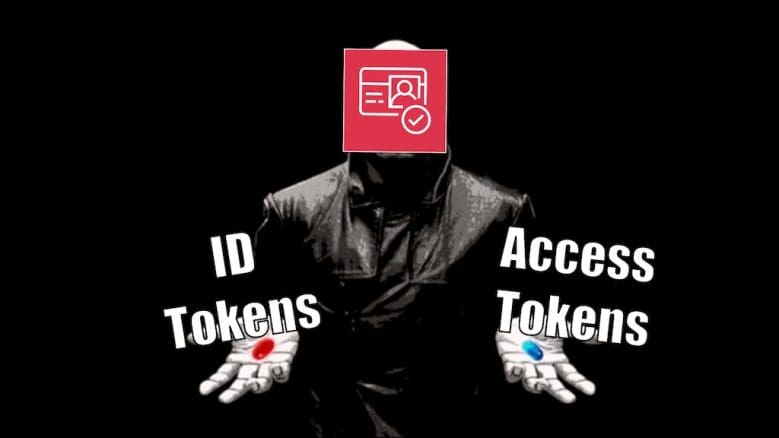Biggest pre:Invent 2024 serverless announcements
DynamoDB cuts on-demand price by 50% Announcement DynamoDB has reduced on-demand pricing by 50% and global tables by up to 67%. Amazing! Lambda SnapStart is now available for Python and .Net Announcement Previously, SnapStart was only available for Java. It makes sense to add support for .Net. But why Python and not Node.js? I guess …
Biggest pre:Invent 2024 serverless announcements Read More »

